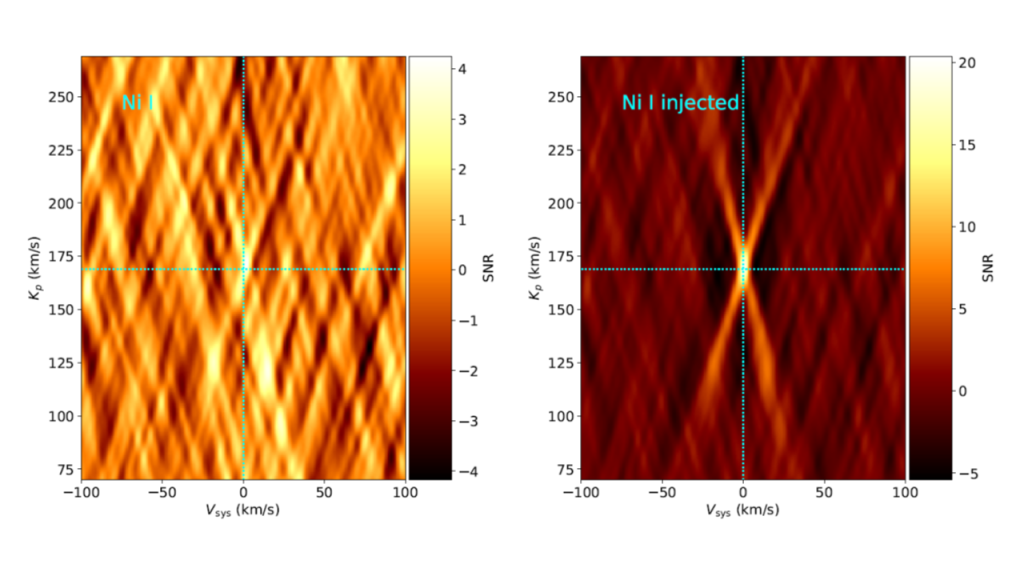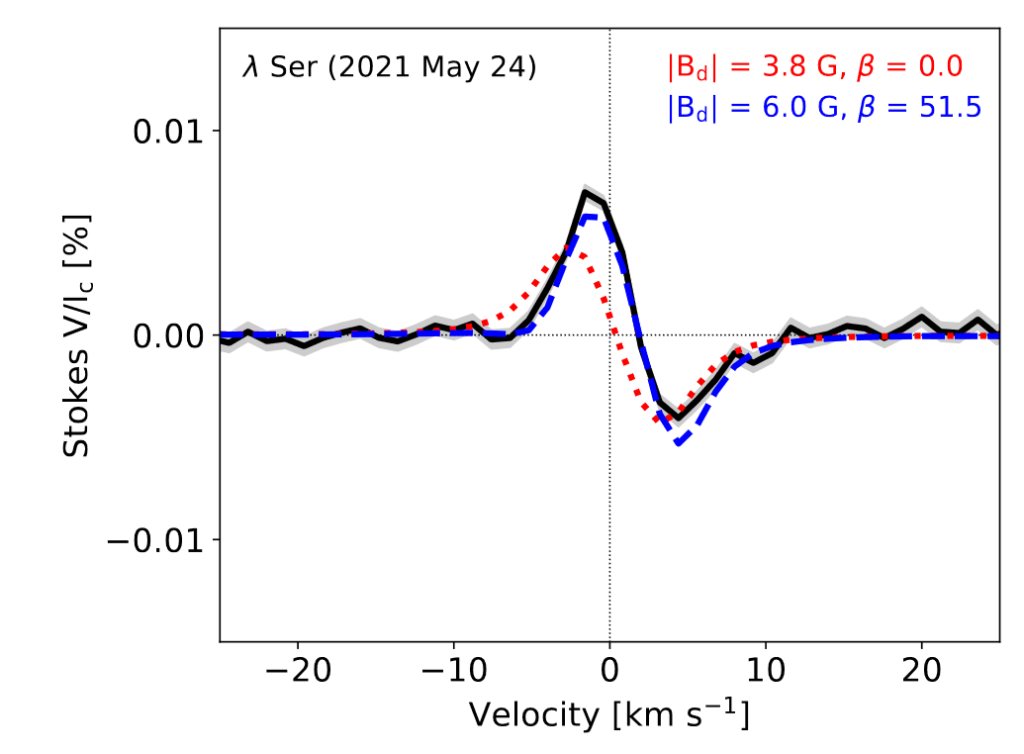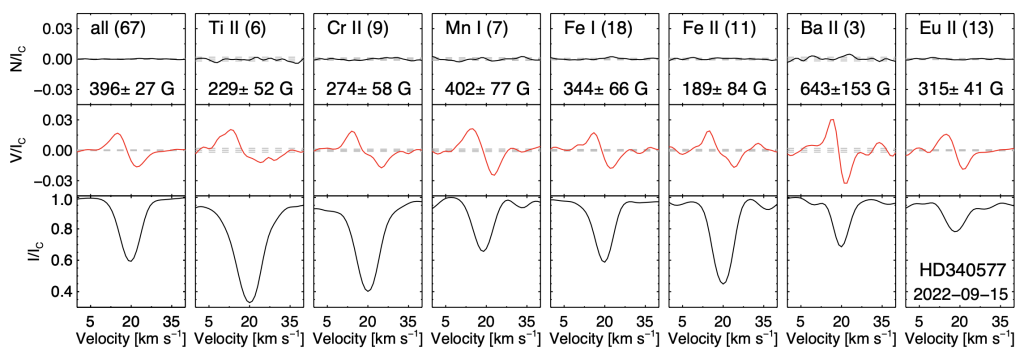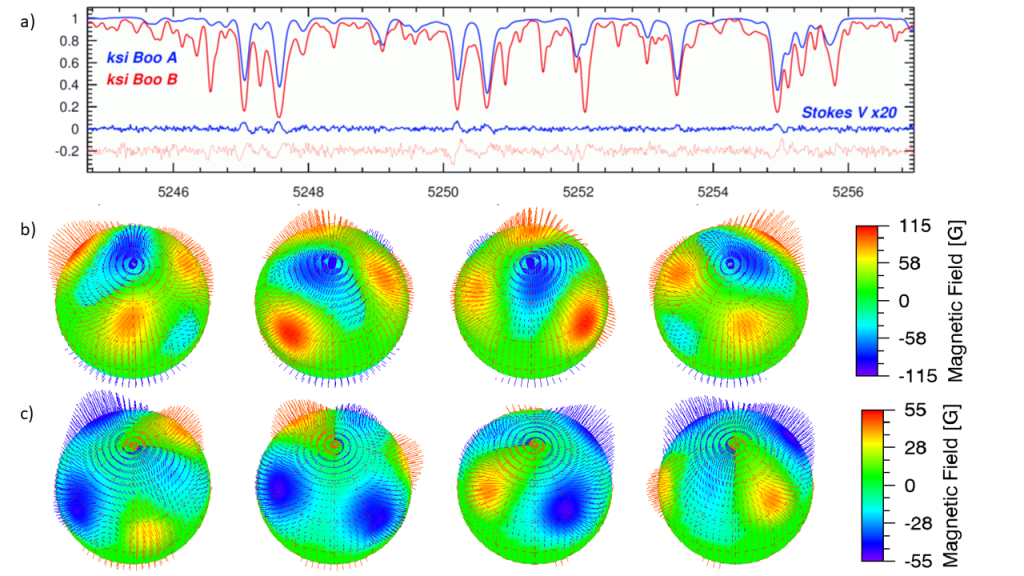We present an atmospheric retrieval analysis on a set of young, cloudy, red L dwarfs—CWISER J124332.12+600126.2 (BD+60 1417B) and WISEP J004701.06+680352.1 (W0047)—using the Brewster retrieval framework. We also present the first elemental abundance measurements of the young K-dwarf (K0) host star, BD+60 1417, using high-resolution (R = 50,000) spectra taken with the Potsdam Echelle Polarimetric and Spectroscopic Instrument on the Large Binocular Telescope. In the complex cloudy L-dwarf regime the emergence of condensate cloud species complicates retrieval analysis when only near-infrared data are available. We find that for both L dwarfs in this work, despite testing three different thermal profile parameterizations we are unable to constrain reliable abundance measurements and thus the carbon-to-oxygen ratio. While we cannot conclude what the abundances are, we can conclude that the data strongly favor a cloud model over a cloudless model. We note that the difficulty in retrieval constraints persists regardless of the signal-to-noise ratio of the data examined (S/N ∼ 10 for CWISER BD+60 1417B and 40 for WISEP W0047). The results presented in this work provide valuable lessons about retrieving young, low-surface-gravity cloudy L dwarfs. This work provides continued evidence of missing information in models and the crucial need for JWST to guide and inform retrieval analysis in this regime.

Read more: Phillips et al. 2024, ApJ, 972, 172









